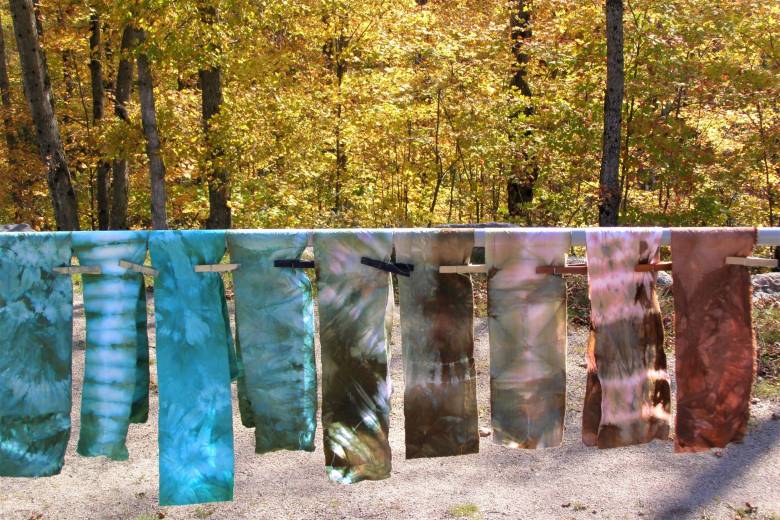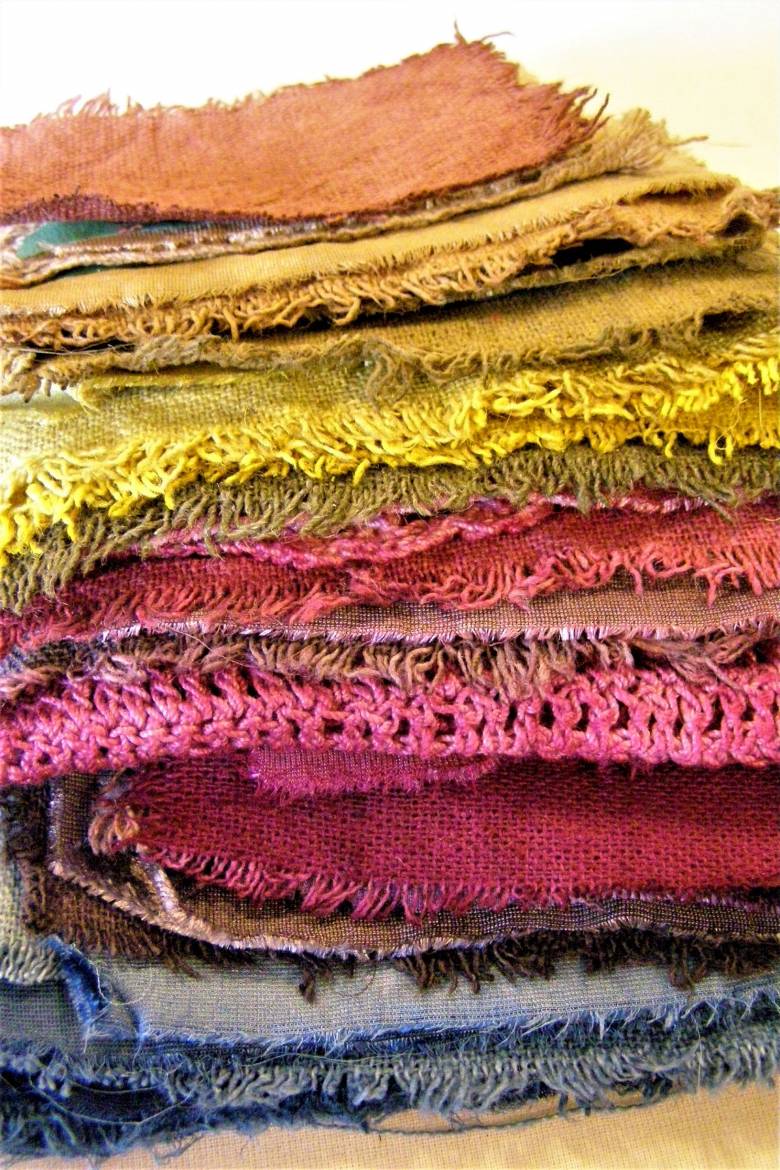At OCAD University, we help prepare students with the knowledge, disposition, values and skills to cultivate a viable future through critical teaching and research, while demonstrating sustainability in our operations and decisions.
Sustainability is a pillar in the University’s Academic Plan 2017-2022 and is also reflected in our Sustainability Policy, which is intended to foster an institutional culture that not only minimizes harm, but produces benefits for planetary health and community well-being.
As a result, sustainability is being infused across the institution – from our institutional goals to academic planning to building operations.
The University’s definition of sustainability builds on and supports the Haudenosaunee Thanksgiving Address and the United Nations Sustainable Development Goals: it is a framework that acknowledges the interdependence of living systems at all scales, from local to planetary, and pursues social and ecological harmony to continue the cycle of life for generations to come.
“Sustainability touches all of us and we all have a role to play. For example, we all consume resources and buy products and services. So, we can ask ourselves, Where does my stuff come from and where does it go? What kinds of labour, manufacturing, and business practices am I supporting? We need to ask these questions because climate change, mass biodiversity loss, and social inequality are real, urgent and interconnected crises facing all of our communities,” explains Victoria Ho, the University’s coordinator of sustainability initiatives.
At OCAD U, we are inspired by members from our community whose art and design practices carve pathways towards a viable planet like Laurie Wassink, a Textiles Studio technician who has been teaching students how to make and use their own nature dyes. We spoke to her about her practice.
Laurie, before the pandemic, you were teaching students how to make and use nature dyes. Tell us about your experience in doing this – how did students react?
I have been working for over 20 years with nature dyes. Since it has been a passion within my art and work for a long time, I am eager to share my knowledge. In the Material Art & Design program at OCAD U, students can take a studio-based course dedicated to dyeing textiles, MAAD-2018, and they learn the basics of many dye systems and dye theory.
However, there is much to build on from that introductory course, so I will offer nature dye workshops in the Textiles Studio, usually a couple of workshops are hosted per academic term.
Students can attend these optional workshops to learn more about nature dyeing. Often a rare or unique colourant will be the focus or an alternative method of processing dye. Students get the opportunity to look at my physical research samples and discuss these more in-depth with me, as well as test out some dyes that I have prepared for the workshop. They are often very excited to engage and take in more information, as well as build onto their colour resource catalogue with the dye swatch samples they create in the workshop.
What’s changed now that OCAD U has moved to remote learning?
I have been able to consult with students via virtual meeting appointments and direct them in their home-based curricular work. Often the discussion is led by the most important factor – health and safety – which is the pinnacle for deciding what can be accomplished when working at home.
Many nature dyes are safe to use at home but not all, so it’s important to decide very carefully for effort versus the outcome. I am eager to discuss dye alternatives and point to safest measures, as well as provide further research options and supply sourcing.
When you think about sustainability – what does this mean to you?
Creative ways to reduce your footprint – particularly through repurposing and reusing, but also the awareness to reduce one’s waste. Within art making, the project from concept to finished piece should include conscious consideration on the waste created in the making process.
How can faculty, staff and students adopt a more sustainable lifestyle in their daily lives?
A conscious awareness of your actions within consumption. It takes time and effort to live sustainably, so if you practice a low waste lifestyle, you need to have a creative mind when repurposing and reusing. It helps if you are organized too, so you can find purpose in upcycling if items are stored in a way so they are easy to access.
Learn more about sustainability at OCAD U
- Read about the OCAD U Sustainability Policy, check out our campus strategies and initiatives, or join the Sustainability Committee.
- Plus, follow the site-specific blog series Sustainable Creatives for interviews with members of our community.

